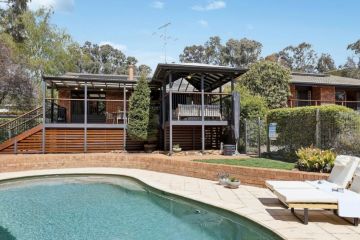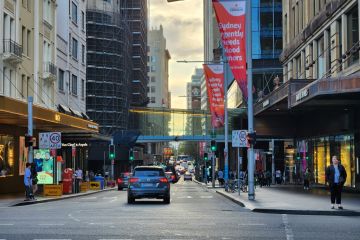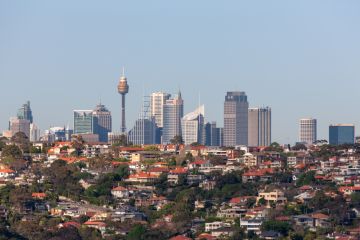The areas around Australia where women outnumber men

If you’re having little luck with the ladies, making a move – literally – could improve your odds of finding that special someone.
While there are slightly more women than men in Australia, there are pockets where ladies outnumber the opposite sex by close to 15 per cent.
Nationwide there are 98.4 males for every 100 females, according to recently released data from the Australian Bureau of Statistics.
But in Mosman Park in Perth, this drops down to 87.1 men, leaving the council area with 629 more women — a 14.8 per cent difference.
It’s one of five local government areas, with a population over 1000, where there are fewer than 90 men for every 100 women. Mosman and Woollahra in Sydney and the seaside areas of Queenscliffe in Victoria and Victor Harbour in South Australia round out the top five.
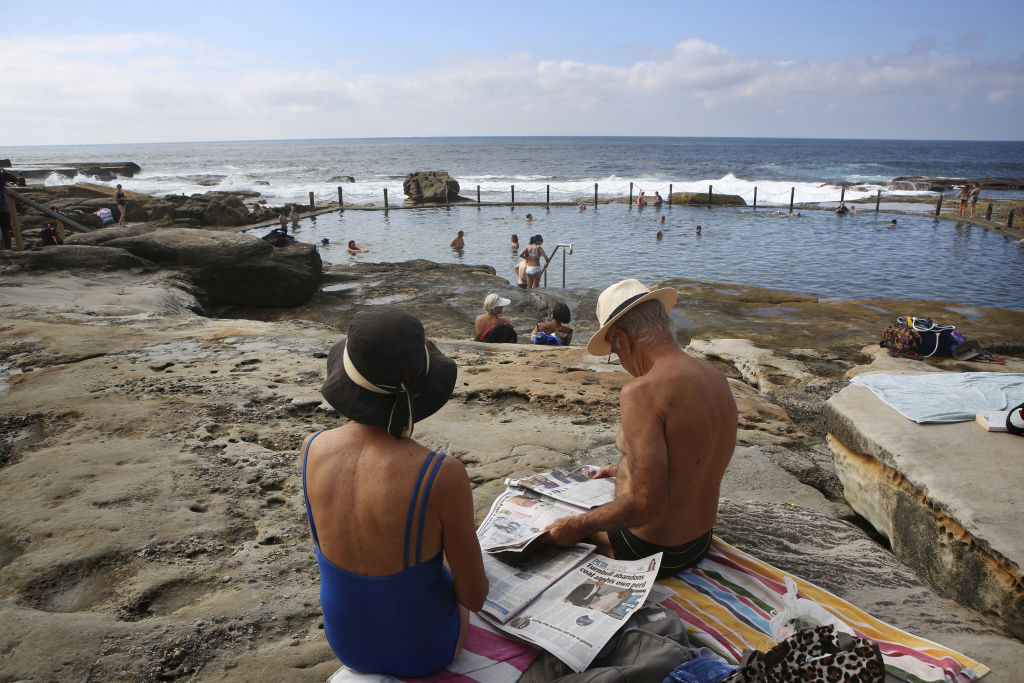
But before you pack up your bags fellas, in a bid to stop a potential man drought, you won’t find much difference unless you’re after an older gal.
Areas that have more women than men are generally those with an older population, according to demographer Mark McCrindle of McCrindle Research.
“Women outlive men by a significant amount … some of these areas have particularly ageing populations, that’s where we get more women,” Mr McCrindle said.
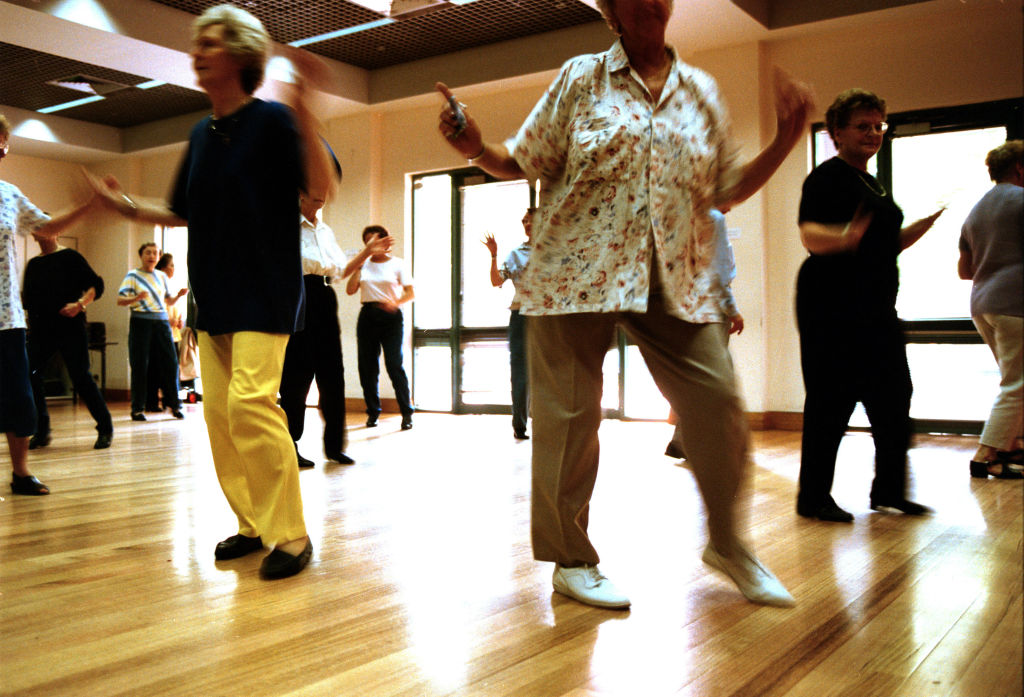
The median age in the five council areas is higher than the national median of 38, climbing up to 57.7 and 59.9 years in Victor Harbour and Queenscliffe. With both areas popular with retirees, Mr McCrindle said it wasn’t surprising that the number of women outnumbered men.
Meanwhile property prices in Woollahra and Mosman, two of Sydney’s most expensive areas, also skewed the population to a slightly older crowd and consequently more women.
“In Mosman you also have five significant retirement villages plus nursing homes, which again have far more women then men in them,” Mr McCrindle said.
Another factor that can skew the balance in small areas is the selection of schools. In Mosman Park an all-girls boarding school could account for almost a quarter of the extra women living in the area, Mr McCrindle said.
Industry and institutions in an area also have significant impact on the balance of men and women, he added.
The mining industry is a key factor behind male-dominated regions and was the main industry in all three local government areas with the highest proportion of men — Ashburton, Laverton and East Pilbara in Western Australia.
In Ashburton there were 2.5 times as many men as women, while in Laverton and East Pilbara there were about 190 men for every 100 women.
“When there are more males than females in certain areas, it’s usually down to a lot of [male-dominated] industry particularly mining, infrastructure, utilities, more men will live locally to live close to those jobs. But when there’s more women than men, they’re areas where there is particularly expensive real estate, so they have older people living there, or lifestyle locations popular with retirees,” Mr McCrindle said.
“Other factor are institutions … if there are prisons and military bases men dominate, when women dominate you may find boarding schools, retirement villages and also university colleges, there are far more women then men at universities in Australia.”
Where women outnumber men
| LGA | Sex ratio |
| Source: Australian Bureau of Statistics. Ratio shows number of men to every 100 women. LGAs with a population below 1000 have been excluded. | |
| 1. Mosman Park WA | 87.1 |
| 2. Mosman NSW | 87.8 |
| 3. Woollahra NSW | 88.1 |
| 4. Queenscliffe VIC | 88.9 |
| 5. Victor Harbor SA | 89.4 |
| 6. Davenport TAS | 90.3 |
| 7. Unley SA | 90.4 |
| 8. Quairading WA | 90.6 |
| 9. Burnside | 90.7 |
| 10. North Sydney | 91.2 |
We thought you might like
States
Capital Cities
Capital Cities - Rentals
Popular Areas
Allhomes
More

